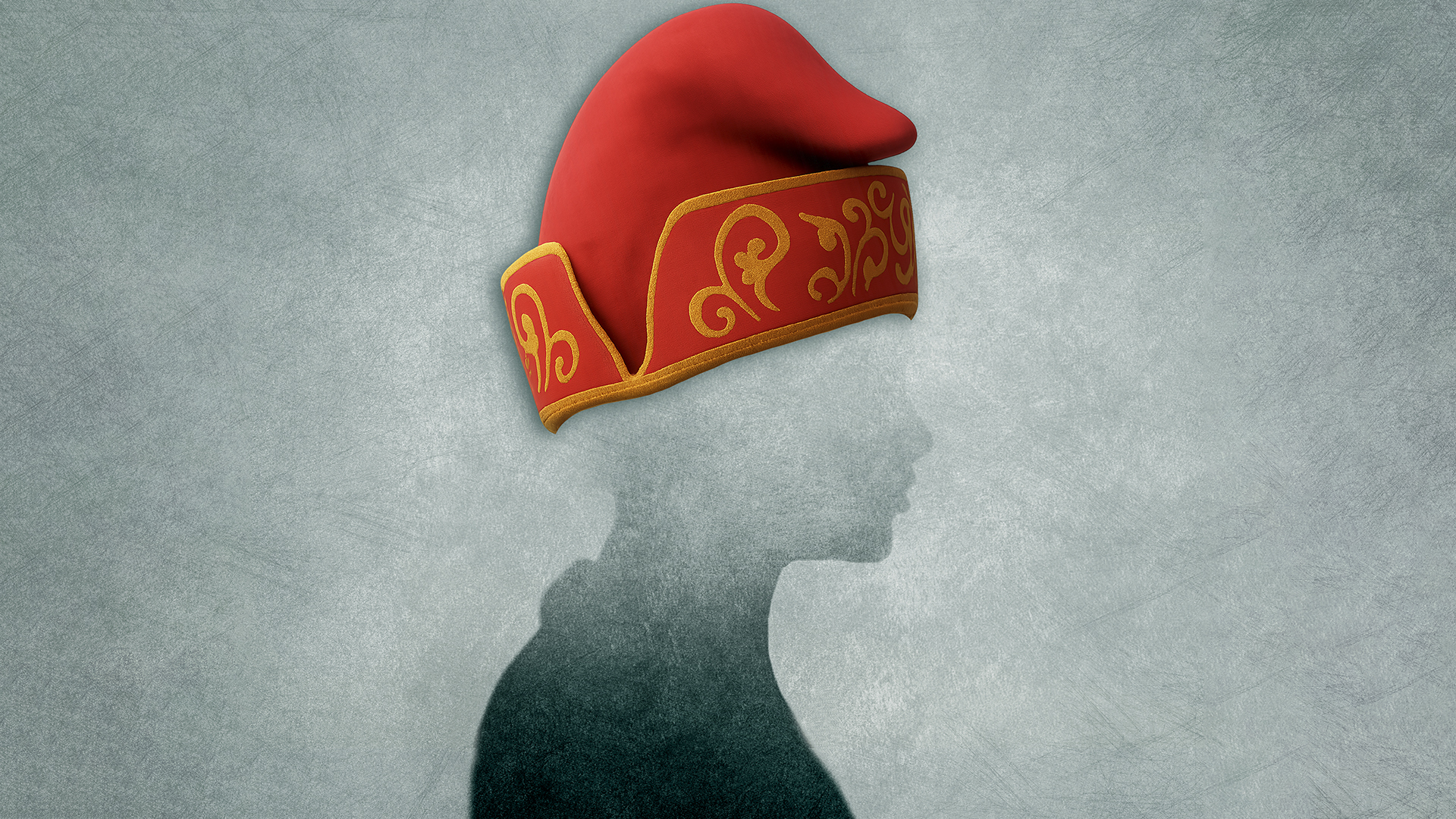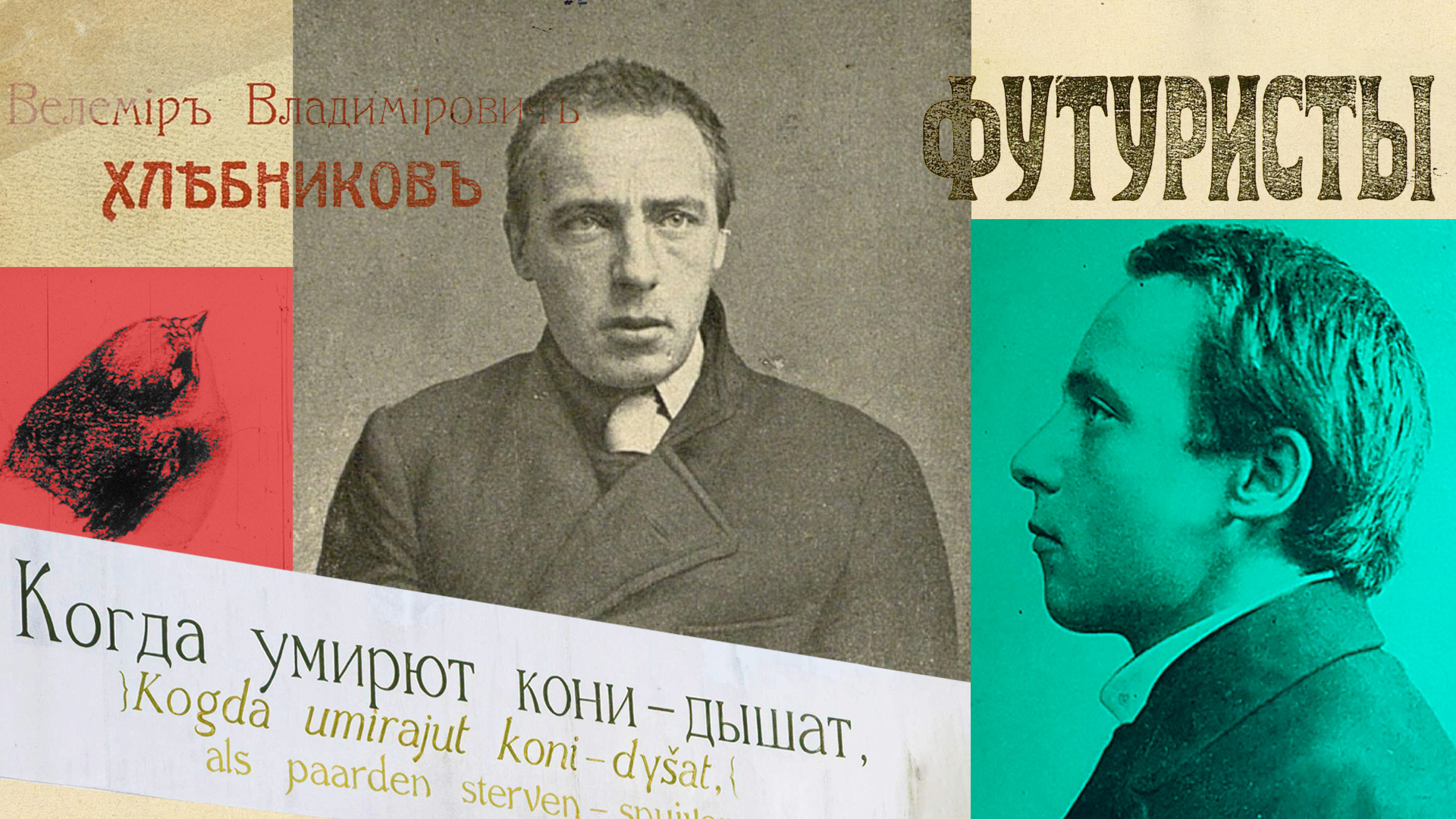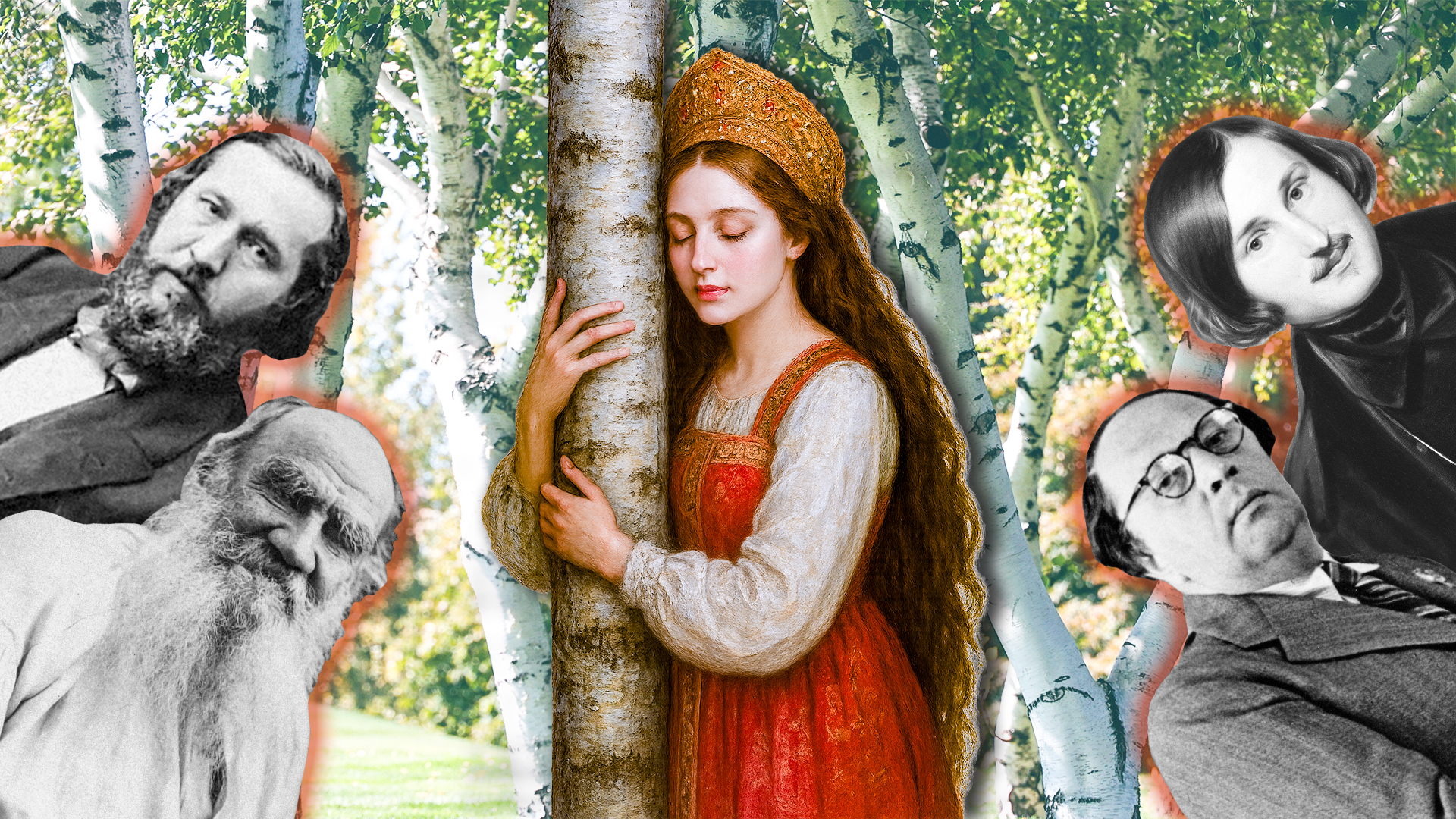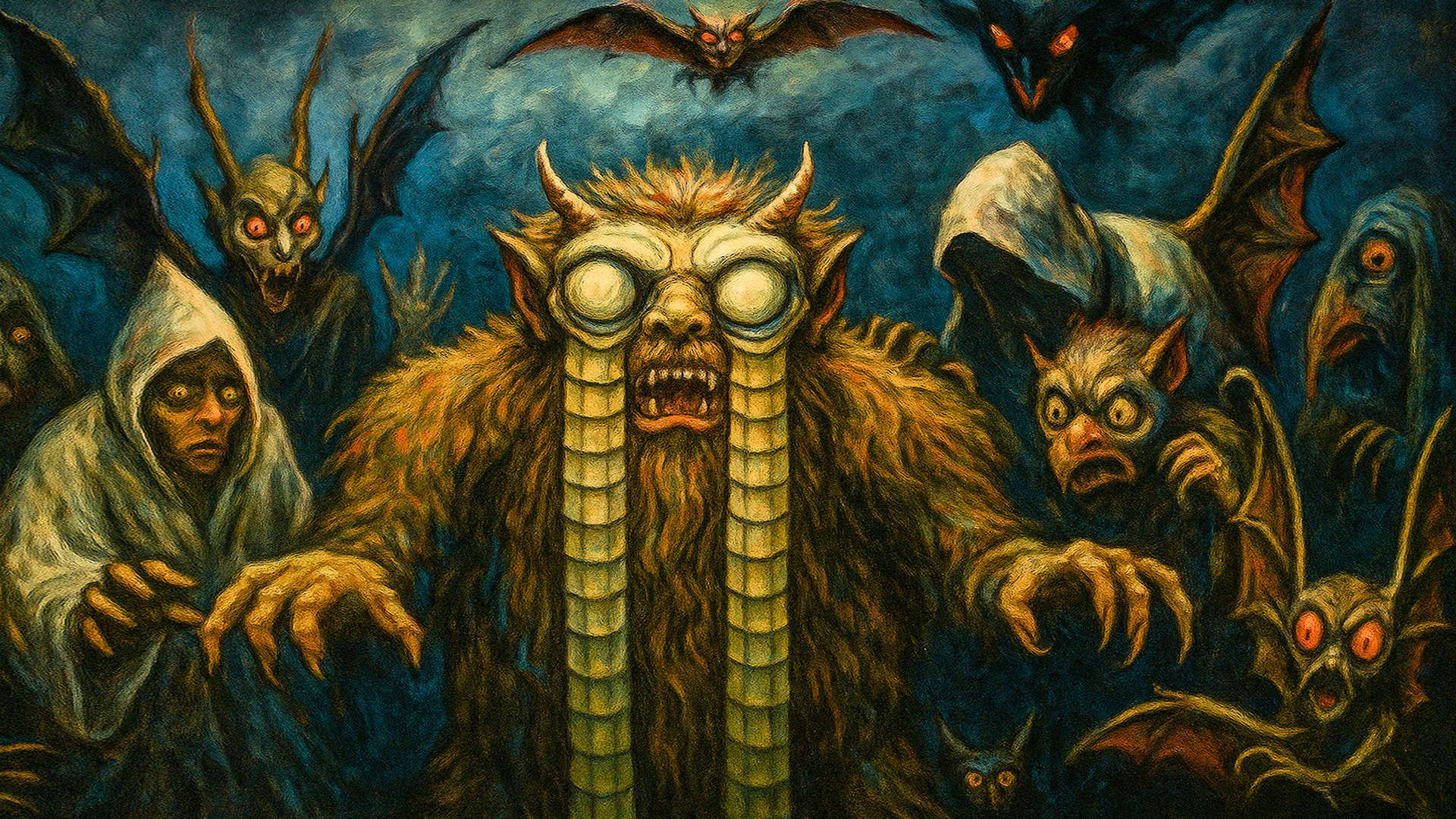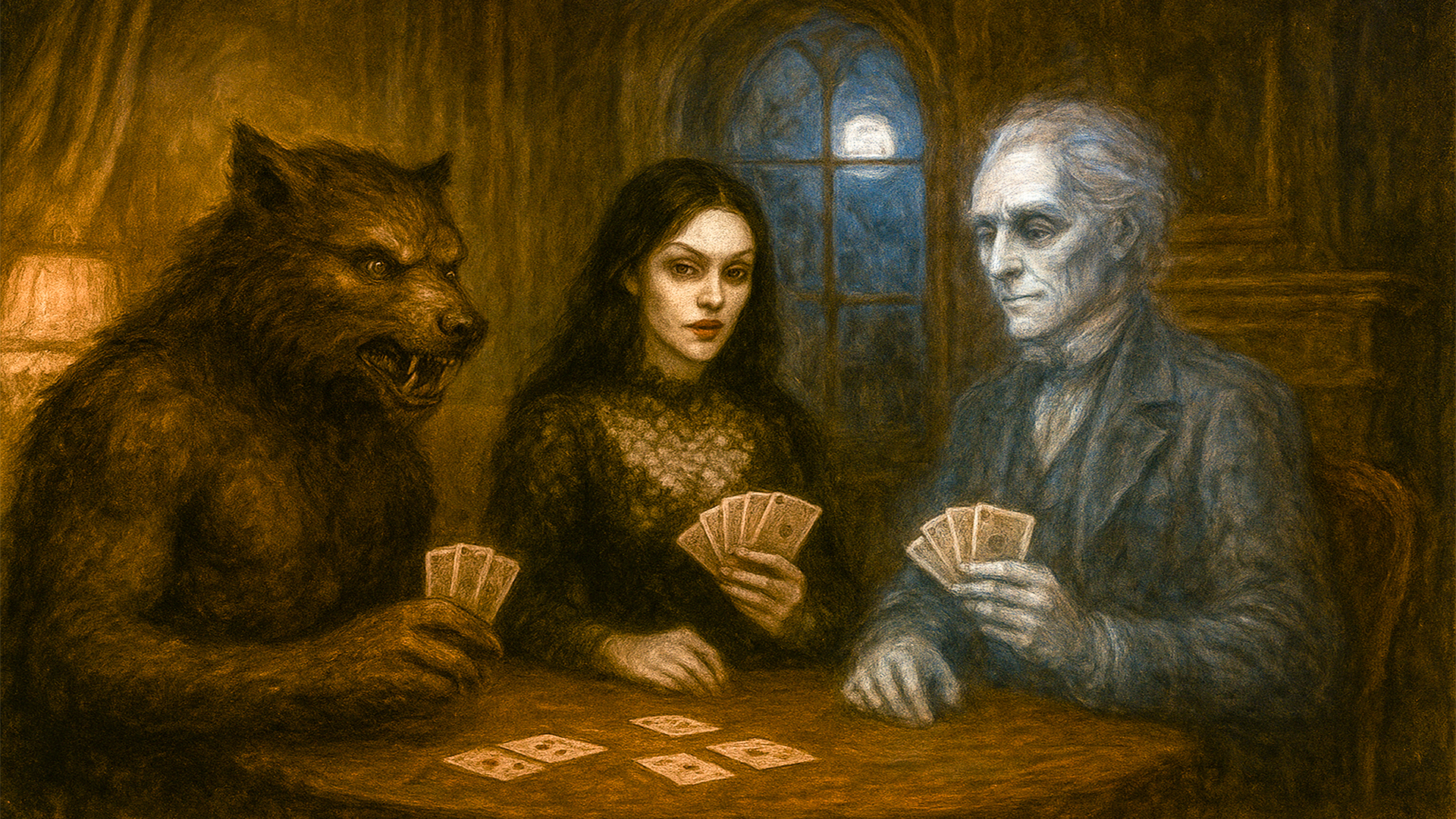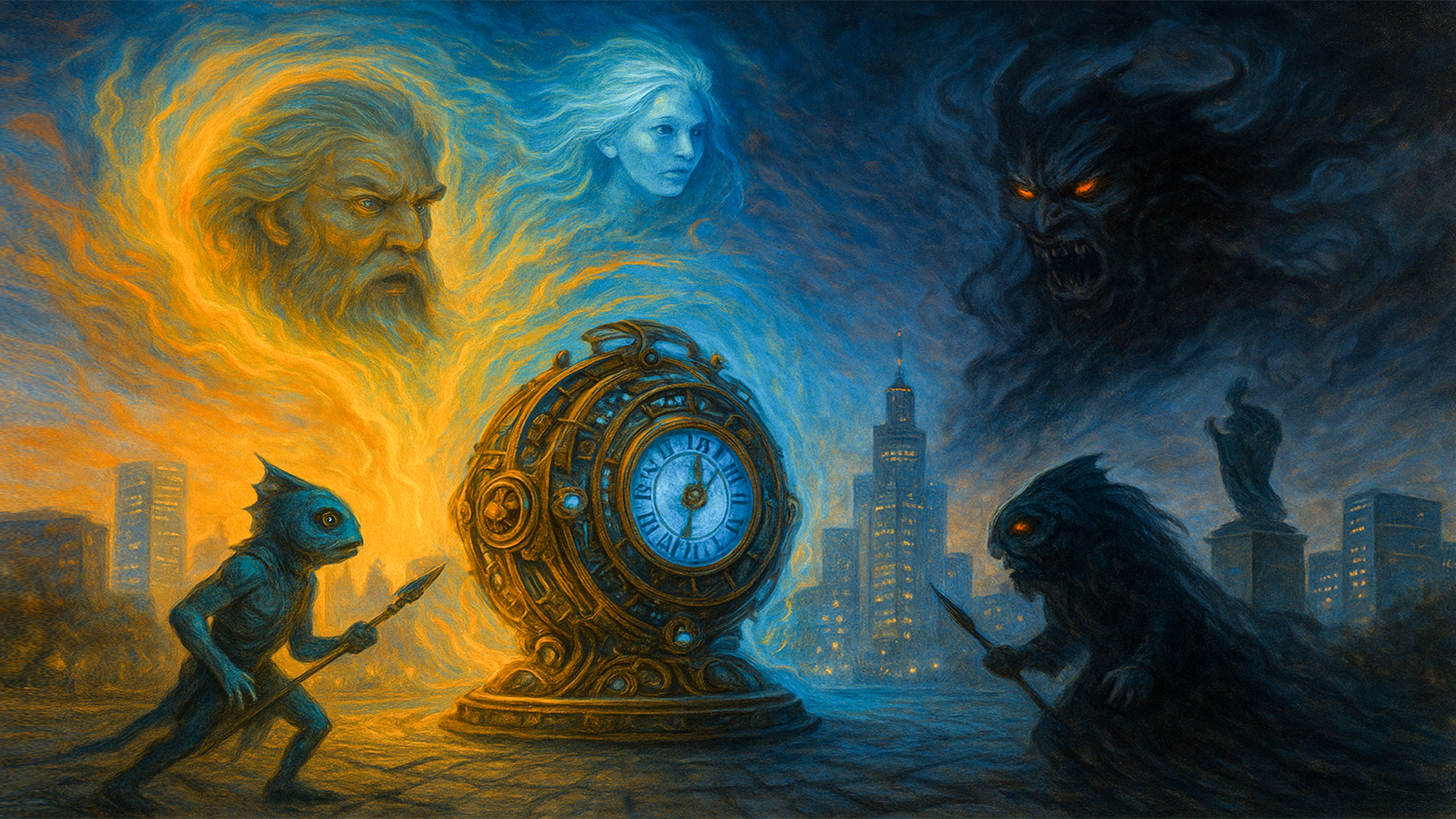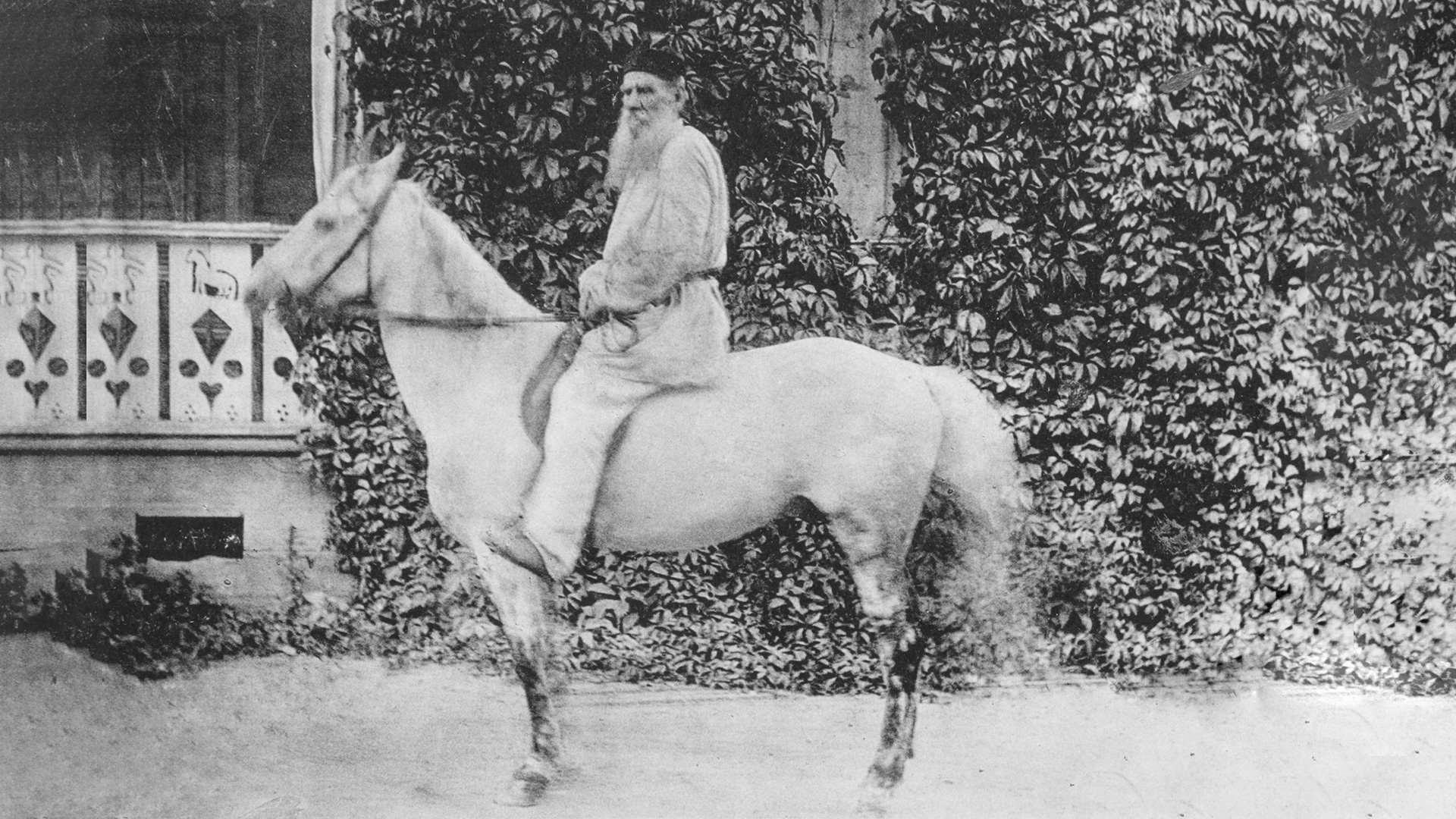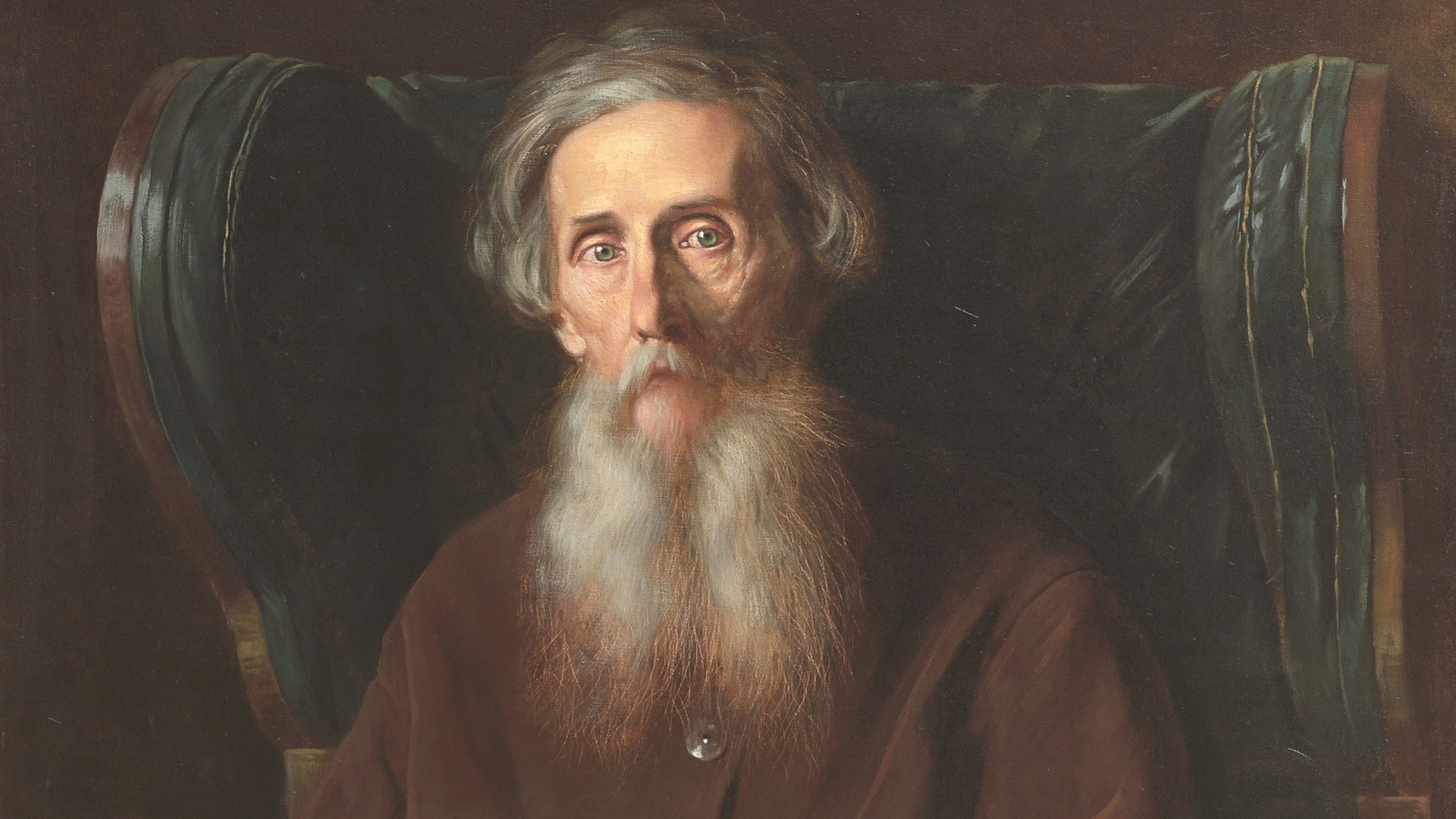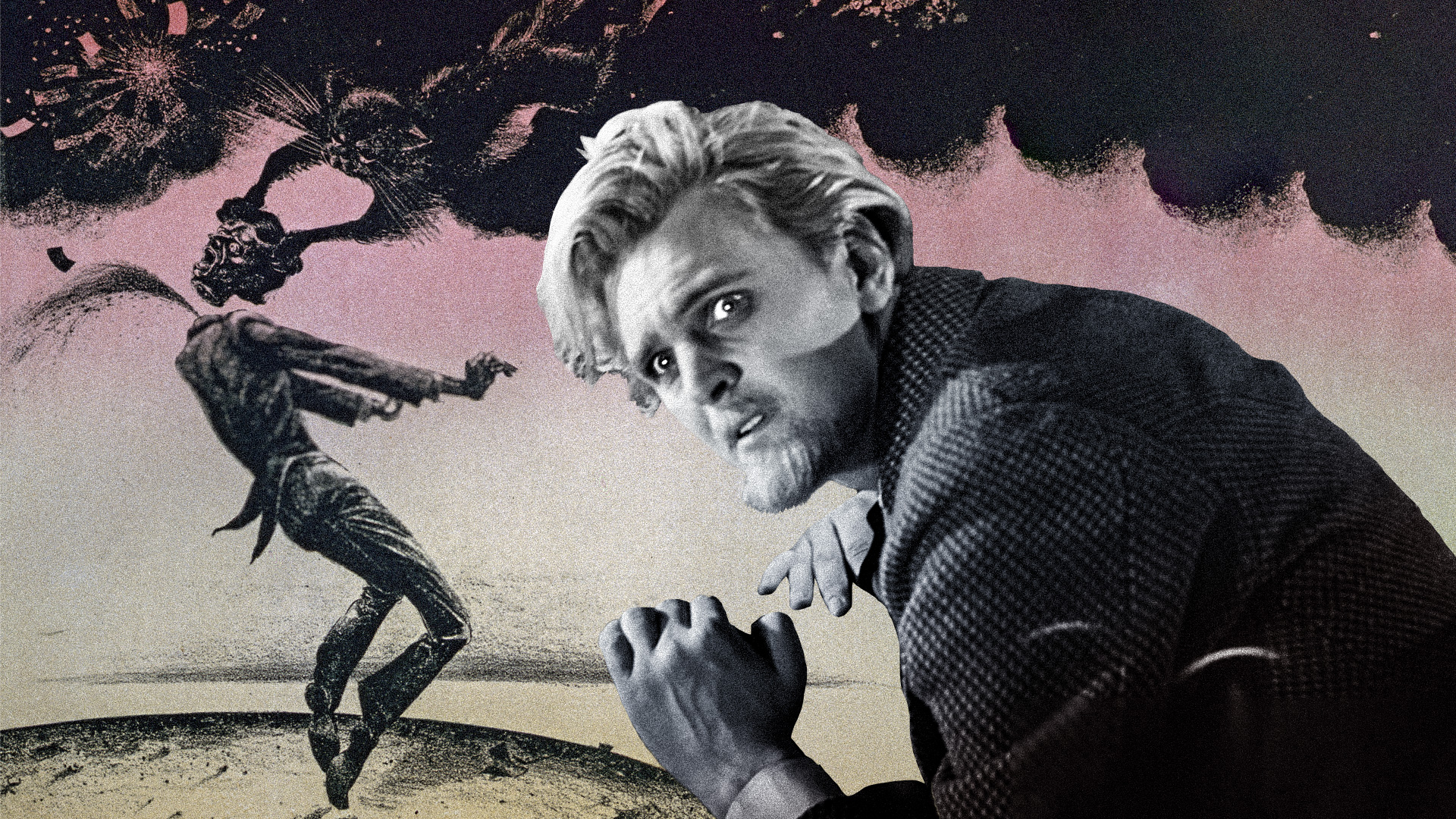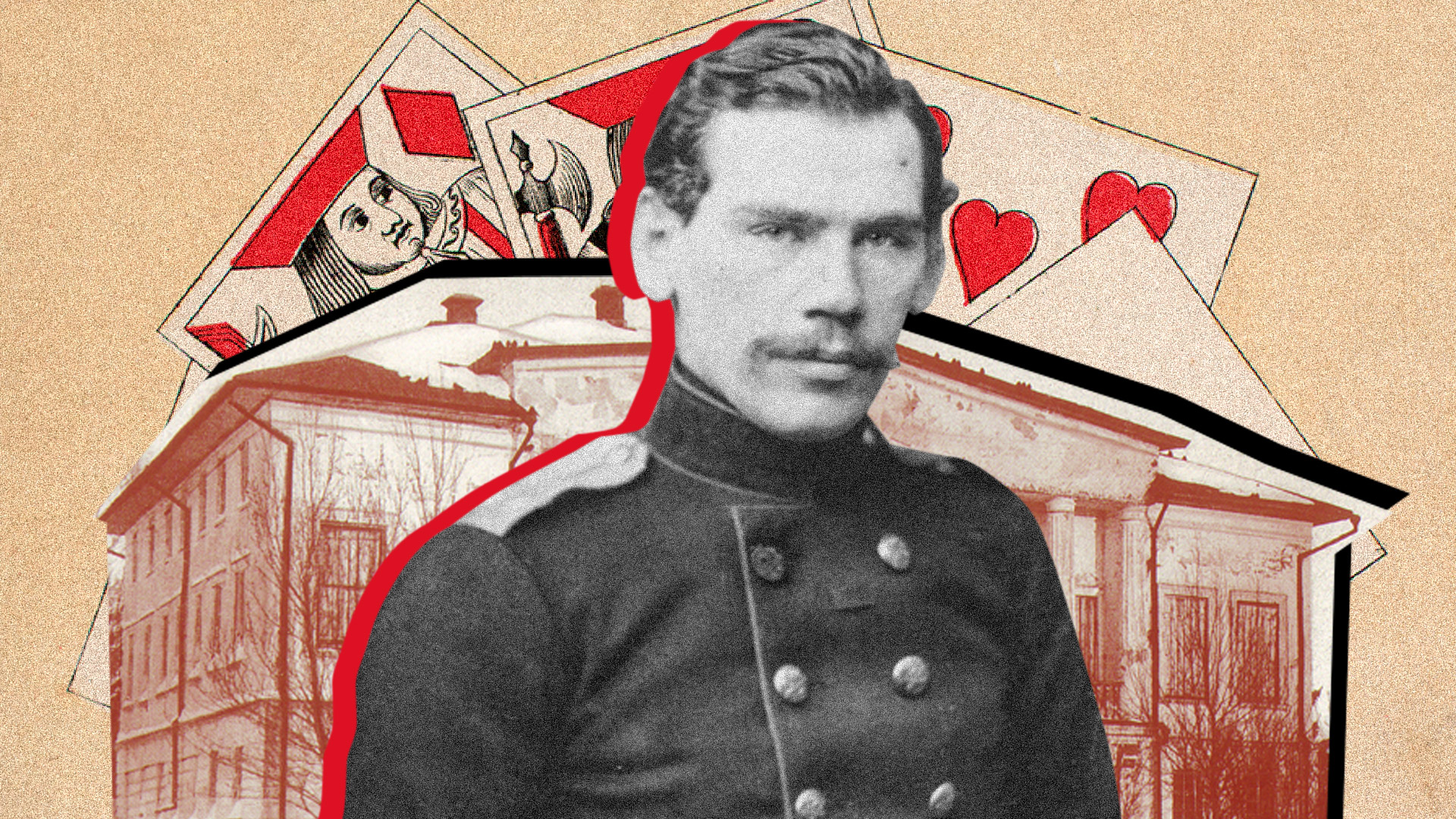
How Leo Tolstoy resettled the Doukhobors in Canada
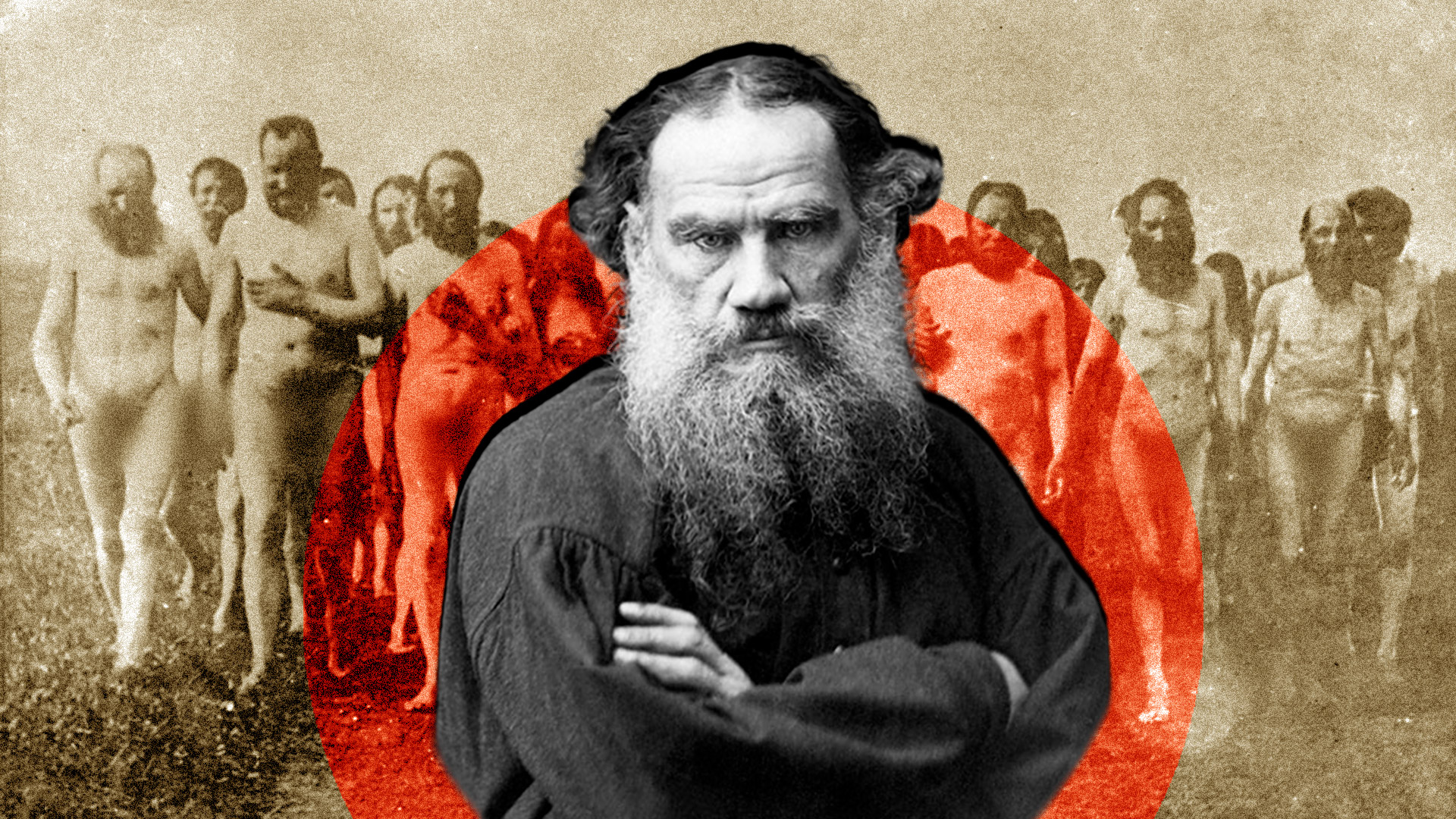
The Doukhobors liked the word and began to call themselves that. Their teaching rejected the external attributes of faith: the church, crosses and icons, as well as the mediation of priests between God and people. They also denied the divine nature of Christ. According to their teachings, the Virgin Mary gave birth not to a God-man, but to an ordinary man, into whom God the Son later entered.
In 1801, Emperor Alexander I resettled the Doukhobors on the shores of the Sea of Azov, away from other Orthodox Christians. And, 40 years later, another Russian emperor, Nicholas I, resettled them in Georgia. In the 1890s, Pyotr Verigin, one of their leaders, became acquainted with the teachings of Leo Tolstoy while in prison and was struck by the similarity between his own beliefs and those preached by the writer. He called on his followers not to take up arms, to refuse military service and not swear allegiance to Nicholas II. Those Doukhobors who were already in the regiments subsequently burned their weapons.
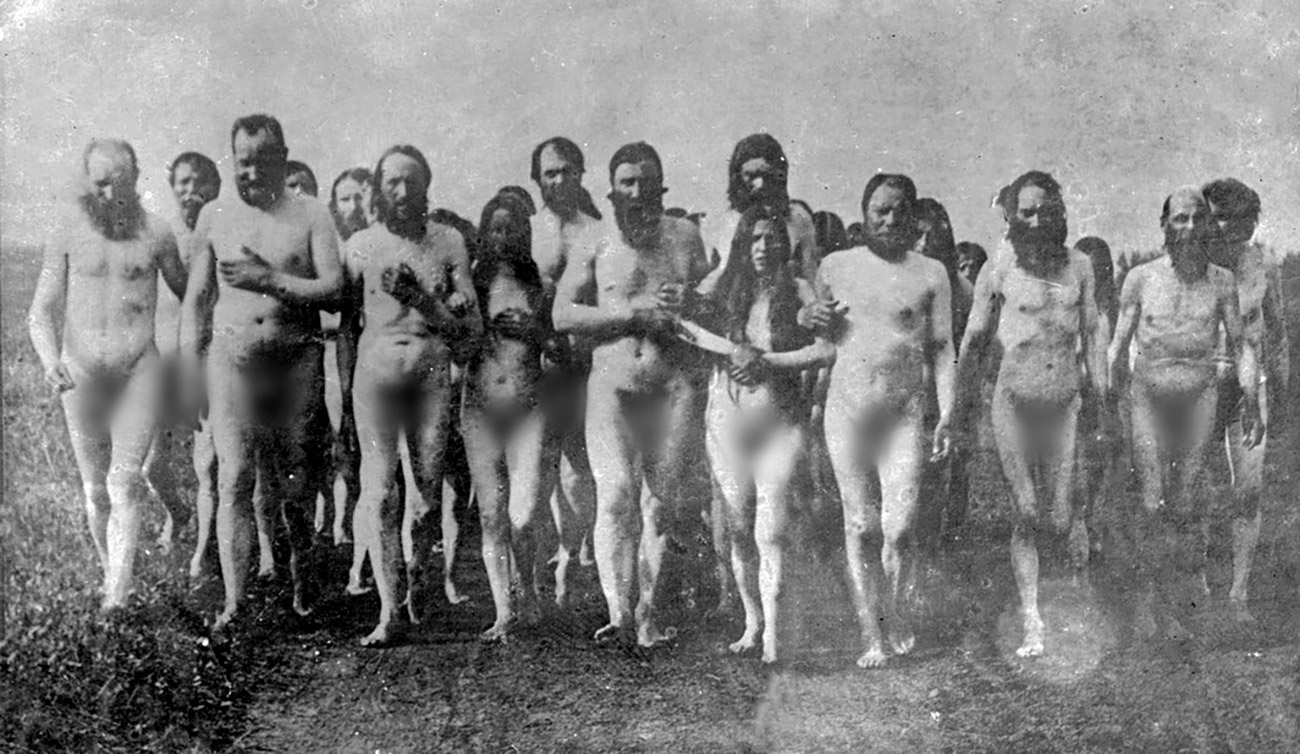
The result was repression: some Doukhobors were hunted down and killed, some were arrested, while others still were persecuted. Tolstoy and several people from his circle signed an appeal in defense of the sect. The writer's intervention attracted the attention of the world community to the Doukhobors and the Canadian government expressed its willingness to accept them on its territory. However, resettling several thousand people cost a lot of money. Tolstoy then decided to break his word not to take royalties for his works and sat down to write a new novel, which he titled ‘Resurrection’.
For the novel, which had not yet been written, he received an impressive 22,000 rubles from publishing magnate A. F. Marx. Thanks to his efforts, about 7,500 Dukhobors managed to emigrate to Western Canada. The writer's eldest son, Sergei, also took part in the resettlement.




